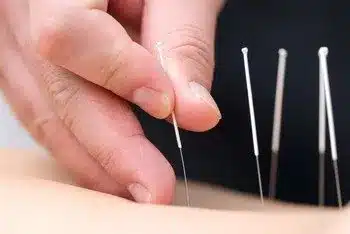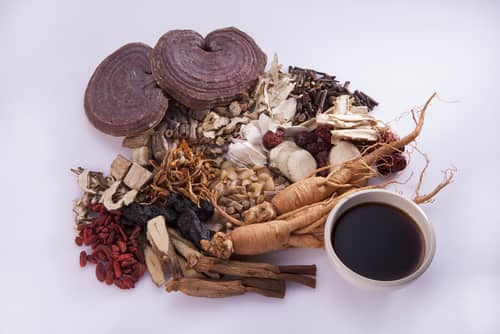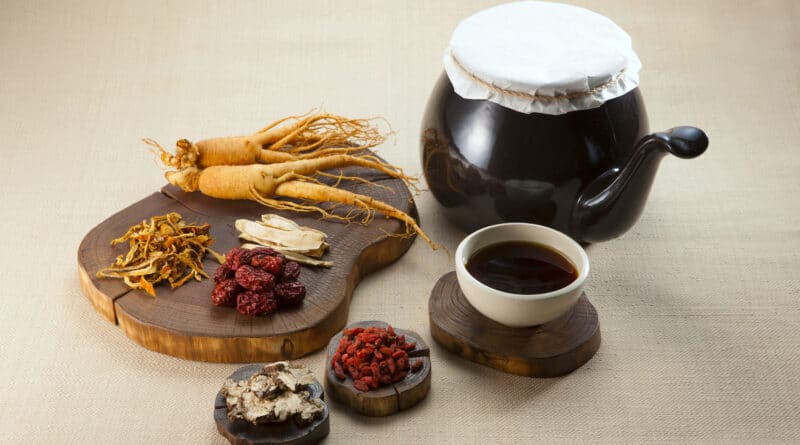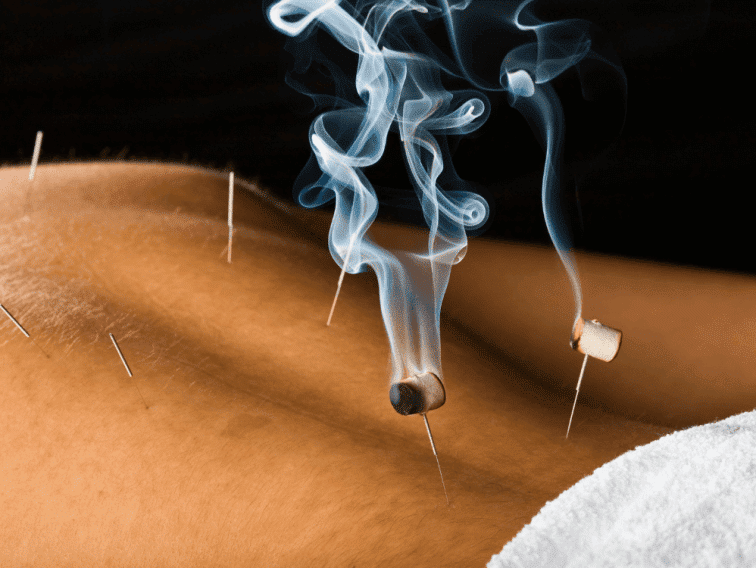Physical Address
304 North Cardinal St.
Dorchester Center, MA 02124
Physical Address
304 North Cardinal St.
Dorchester Center, MA 02124

Are you interested in exploring alternative healing methods? Have you heard about Korean Traditional Medicine and its natural approach to treating various ailments? The practice of Korean Traditional Medicine dates back thousands of years and has been developed through the observation and understanding of the human body’s energy flow.
Korean Traditional Medicine is a comprehensive system that includes acupuncture, herbal medicine, cupping, and moxibustion. Each technique is designed to restore balance within the body by addressing areas of disharmony. With its focus on holistic treatment rather than just symptom management, Korean Traditional Medicine offers a unique perspective on health care that can complement Western medicine practices. In this article, we will delve into the principles of Korean Traditional Medicine and explore how it can be integrated with Western medicine for optimal health outcomes.
Korean Traditional Medicine has been shaped by a rich blend of practices and philosophies over millennia. Initially influenced by ancient Chinese medicine, particularly in its approach to energy flow and herbal remedies, it also draws from indigenous Korean shamanistic traditions that emphasize harmony with nature and spiritual well-being. This confluence of beliefs and techniques led to the development of a system uniquely suited to the Korean context, where understanding the interplay of natural elements and human health remains fundamental.
Delving into the history and principles of Korean Traditional Medicine reveals a rich tapestry of ancient knowledge and holistic healing practices. With a cultural significance dating back over 5,000 years, this form of medicine is deeply rooted in the traditions and beliefs of the Korean people. It emphasizes the balance between nature and human beings as key to achieving optimal health.
Korean Traditional Medicine operates on the principle that every individual is unique, with their own set of physical and mental characteristics. This approach takes into account factors such as age, gender, environment, lifestyle choices, and emotional state to provide personalized treatment for each patient. The ultimate goal is to promote self-healing within the body by identifying and addressing underlying imbalances.
Despite its ancient origins, Korean Traditional Medicine has been adapted to modern applications through ongoing research and collaboration with Western medicine. In recent years, it has gained recognition for its effectiveness in treating various conditions such as chronic pain, digestive disorders, respiratory issues, and mental health concerns. Understanding these historical roots and guiding principles will help you appreciate the benefits of other traditional practices like acupuncture which we will discuss next.


You may be surprised to learn that acupuncture, a common practice in Korean medicine, involves the insertion of thin needles into specific points on your body. This traditional form of medicine has been used for thousands of years and is based on the belief that energy flows through the body along meridians or pathways. Acupuncture works by stimulating specific points along these pathways to balance the flow of energy and promote healing.
Acupuncture has been shown to provide a wide range of benefits for many different conditions such as chronic pain, allergies, anxiety and depression, insomnia, digestive disorders, headaches and migraines, fertility issues and much more. The World Health Organization recognizes acupuncture as an effective treatment for over 100 medical conditions. It is also relatively safe with few side effects compared to many other forms of medical treatments.
However, like any medical procedure or treatment method, acupuncture does come with some potential risks and side effects. Some people may experience discomfort during needle insertion or mild bleeding at the site of needle insertion. There have also been rare cases reported where patients have experienced serious adverse reactions such as infections or injuries due to improper needle placement. Therefore it’s important to seek out a licensed acupuncturist who follows proper safety procedures when receiving this type of treatment.
As you can see, acupuncture is an effective form of traditional Korean medicine with numerous benefits for various health conditions. However it’s important to understand both its benefits and potential side effects before undergoing treatment. Another popular aspect of Korean Traditional Medicine is herbal medicine which we will explore further in the next section.
The application of acupuncture varies significantly across countries. In China, it is deeply intertwined with traditional medicine and often integrated into public healthcare. Korea also uses acupuncture comprehensively, with practitioners incorporating detailed knowledge of meridian points unique to Korean methods. In contrast, the United States sees acupuncture as a complementary therapy where it’s often used alongside Western treatments for conditions ranging from musculoskeletal pain to stress relief. Each country’s approach reflects cultural attitudes towards traditional healing.


Herbal medicine, a popular component of Korean medicine, involves the use of natural remedies derived from plants and other natural sources. These traditional remedies have been used for centuries to treat a variety of ailments and promote natural healing. In Korean traditional medicine, herbal medicines are classified into four categories: roots, stems/branches, flowers/leaves, and fruits/seeds. Each category has its own unique properties and is used to treat different conditions.
Roots are often used to strengthen the body’s immune system and promote energy flow throughout the body. Stems and branches are commonly used as anti-inflammatory agents for joint pain or muscle soreness. Flowers and leaves are typically used as sedatives or to aid in digestion. Fruits and seeds are known for their ability to improve blood circulation and boost metabolism.
While herbal medicine may not be scientifically proven like Western medicine, it has been widely accepted by Koreans as an effective form of treatment for thousands of years. The use of traditional remedies allows patients to take a more holistic approach towards their health by treating their mind, body, and spirit as one entity.
Moving forward from herbal medicine, cupping and moxibustion are two other popular forms of Korean traditional medicine that involve stimulating specific points on the body using heat or suction.
Among the most notable herbal formulations in Korean Traditional Medicine, Ssanghwa-tang is widely used for fatigue and enhancing vitality, composed of ingredients like Korean ginseng and cinnamon. Bojung-ikki-tang is another popular remedy for boosting the immune system and addressing digestive issues, featuring a mix of astragalus root and licorice. These formulas, passed down through generations, remain vital in addressing common ailments and promoting holistic health.


Popular in the West, Cupping involves creating suction on the skin using glass or plastic cups to promote healing by increasing blood flow and reducing pain.
Moxibustion is a technique that involves burning dried mugwort on specific points on the body to stimulate circulation and improve overall health. It is important to note that while these techniques have been used for centuries, it is crucial to ensure their safety and effectiveness with proper training and guidance from a licensed practitioner.
When experiencing pain or discomfort, acupuncture needles can be inserted into specific points on your body to stimulate the flow of energy and promote healing. This technique has been used in Korean traditional medicine for thousands of years and is still widely practiced today. Acupuncture works by placing thin needles into specific acupoints along meridians, which correspond to different organs and bodily functions. The stimulation of these points helps to restore balance and promote natural healing processes.
Acupuncture has shown promising results in treating a variety of conditions, including chronic pain, digestive issues, anxiety, and infertility. However, there are also limitations to this technique as it may not work for everyone or may have adverse effects if not administered properly. In modern applications, acupuncture is often used alongside other therapies such as cupping or herbal medicine to provide a holistic approach to healing. By combining different techniques based on individual needs and preferences, patients can experience greater benefits from Korean traditional medicine.
Moving onto the next section about safety and effectiveness without repeating information allows us to delve deeper into the topic while keeping readers engaged with new information.
Acupuncture’s safety and effectiveness have been studied extensively, with research findings indicating its potential to alleviate various ailments. Here are four key points to consider when it comes to the safety and effectiveness of acupuncture:
As we continue to learn more about the safety and effectiveness of Korean traditional medicine practices like acupuncture, there is growing interest in integrating these approaches with Western medicine.
In South Korea, the practice of Korean Traditional Medicine is highly regulated to ensure safety and efficacy. The Korean Ministry of Health and Welfare oversees the licensing of practitioners, requiring rigorous education and hands-on training. Educational programs focus on both traditional and modern practices, giving practitioners a sound understanding of herbal medicine and acupuncture techniques. This process not only safeguards patient care but also helps maintain the integrity of traditional methods.
Combining Korean Traditional Medicine with Western medicine can lead to more comprehensive and effective treatment options for patients. Integrating these two practices allows healthcare providers to address the whole patient, taking into account not only their physical symptoms but also their cultural background and beliefs. Combining therapies from both practices can provide a more holistic approach that addresses the root cause of an illness rather than just treating its symptoms.
Cultural considerations play a significant role in integrating Korean Traditional Medicine with Western medicine. Understanding a patient’s cultural background is crucial in providing appropriate care. For example, some patients may prefer herbal remedies over prescription medication due to personal or religious beliefs. By incorporating aspects of Korean Traditional Medicine into Western treatments, healthcare providers can cater to individual needs and preferences while still providing evidence-based care.
Integrating Korean Traditional Medicine with Western medicine has become increasingly popular in recent years. In South Korea, hospitals often offer both traditional and modern medical services side by side. This approach provides patients with a range of treatment options that they may not have access to otherwise. As this integration continues to gain traction globally, it opens up opportunities for collaboration between practitioners from different backgrounds, ultimately resulting in better outcomes for patients.
Recent advances in scientific research have expanded the understanding of Korean Traditional Medicine, highlighting its benefits and potential synergy with contemporary medical practices. Collaborations between Korean universities and international research institutes have led to studies validating the efficacy of treatments like acupuncture for pain management and the role of herbal compounds in managing chronic conditions. These findings help bridge traditional wisdom with modern science, increasing global recognition and acceptance.